
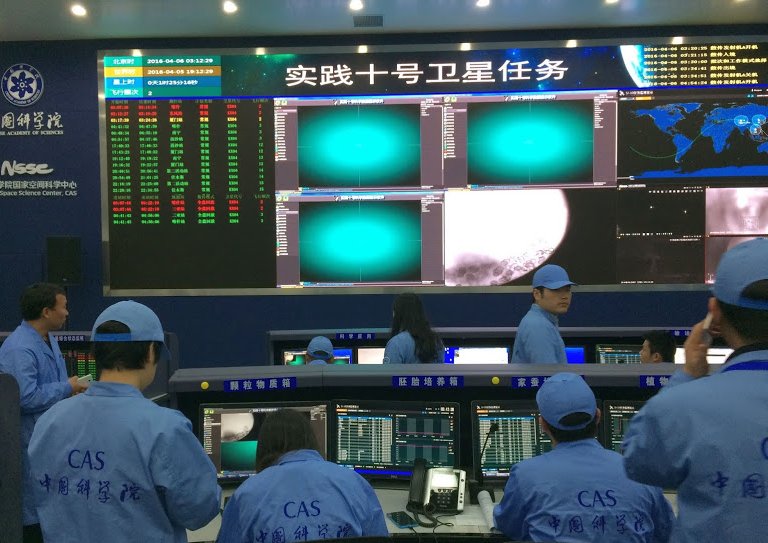
Shijian-10 flight control in Huairou, Beijing, after launch on April 6, 2016. (Photo: ESA–A. Verga)
China launched its retrievable Shijian-10 satellite early on Wednesday on a two-week mission to study microgravity and space life science.
Included among the 19 experiments on board is a piece of hardware developed by the European Space Agency (ESA) in collaboration with the Chinese Academy of Sciences (CAS) and the National Space Science Centre (NSSC) in Beijing, with partners from the petroleum industry in the shape of French oil company Total and PetroChina.
The Soret Coefficient in Crude Oil (SCCO) experiment is designed to sharpen understanding of deep crude oil reservoirs, up to 7–8 km underground, says Antonio Verga, ESA technical officer for the project, who was present for the launch at flight control on Huairou on the outskirts of Beijing.
With telemetry returned from Shijian-10 within a couple hours of launch confirming the satellite subsystems were operating nominally, the SCCO experiment was activated later on Wednesday and is now fully functional and running as expected.

Above: Shijian-10 lifts off from Jiuquan on early on April 6, 2016 (CNS).
The effect being studied is thermal diffusion - how chemical components redistribute under the effect of temperature gradients.
Antonio explains that on Earth the effect of gravity dictates behaviour. “As soon as you warm up a compound its density decreases and therefore tends to float. Vice versa, when you cool down a compound the density tends to increase and therefore it sinks.
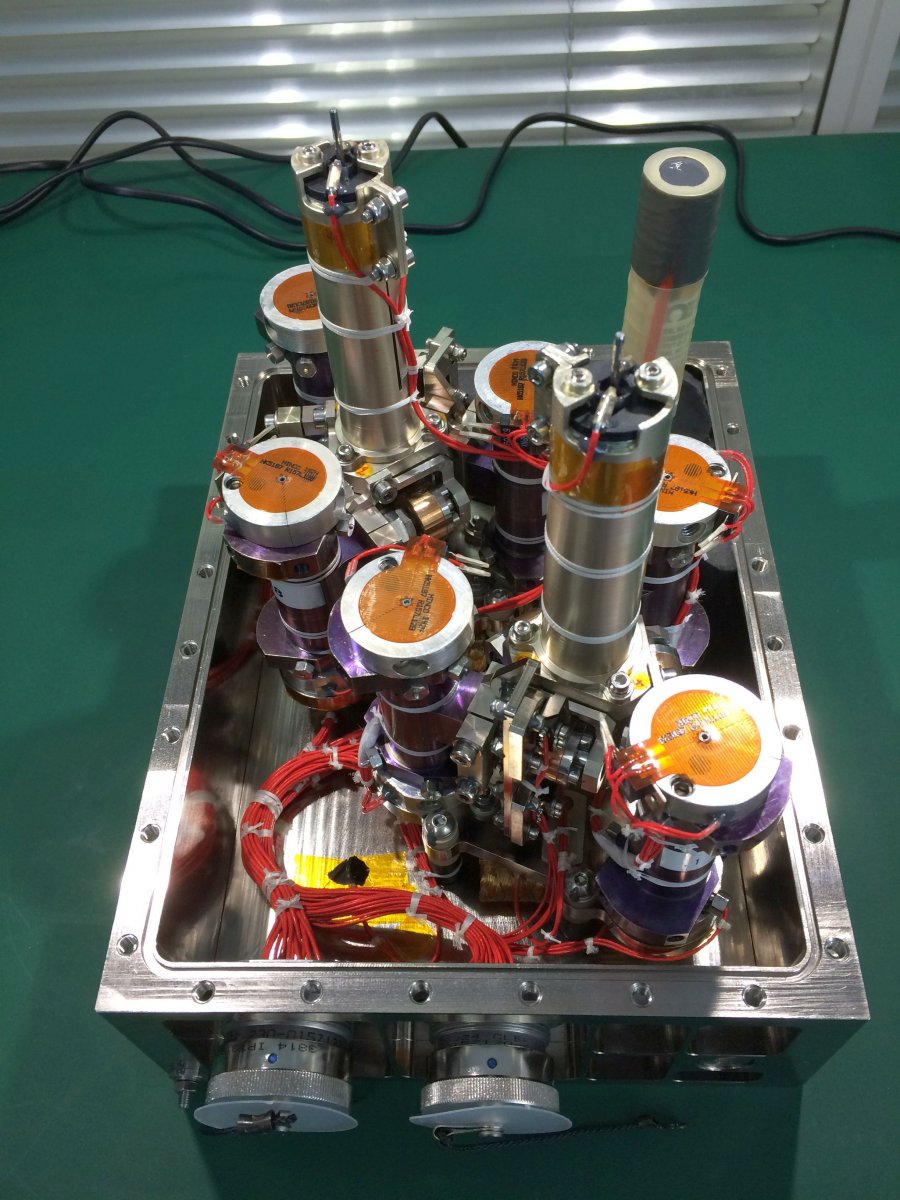
"But all this is not true if we can cancel out the gravity vector. At that point in time those components migrate or diffuse toward the cold part of the experiment according only to their chemical properties."
This is important because under the ground, at a depth of 7 kilometres or so, the mixture or blend of crude oil is under pressure hundreds of times the average atmospheric pressure on Earth at sea level, combined with an increasing temperature with depth. Above: SCCO (ESA-A. Verga).
The high pressure and temperature combine to overcome the effects of gravity, which has repercussions for those engaged in trying to extract crude oil reserves.
If this diffusion effect is not taken into account, drill holes can be hundreds of metres off, at huge cost and waste of resources, Antonio says.
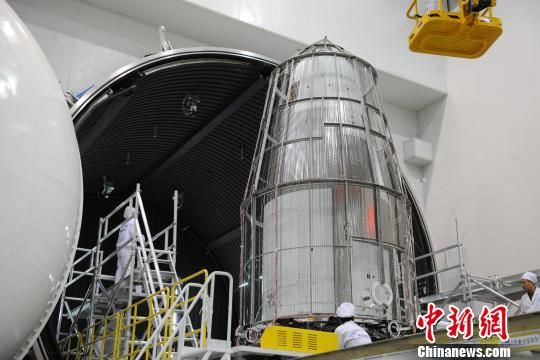
Thus, the aim is to conduct high pressure and temperature difference experiments on six different samples of crude oil alkanes in the microgravity of low Earth orbit to simulate, in just a few days, this gravity-defying movement of heavier compounds deep underground that occurs across geological timescales.
This will then allow oil companies to validate their mathematical models of deposits at these depths and inform future decisions on oil exploration.
Antonio notes that SCCO is a next-generation version of experiments flown on Russian Foton missions. Those earlier missions were limited to pressures of around 50-100 bar, whereas the SCCO experiments currently ongoing in orbit will involve pressures between 400-600 bar.
Shijian-10, an unmanned retrievable satellite with short mission time, offers the perfect setting for such an experiment, given the high pressures, temperatures and extremely flammable and toxic compounds involved - a show stopper for crewed spacecraft, such as the International Space Station.
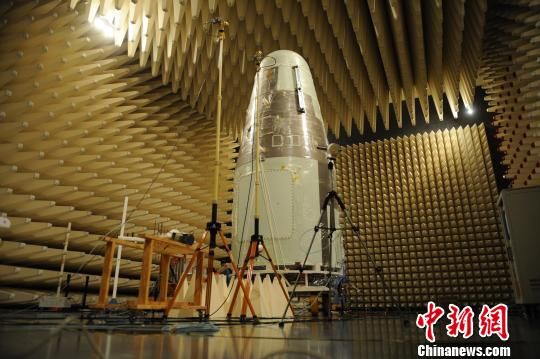
Above: Shijian-10 in an anechoic chamber (CNS).
The Shijian-10 return capsule is scheduled to land around 3pm local time on April 18th at Siziwang Banner in Inner Mongolia, also the designated landing spot for China’s Shenzhou human spaceflight missions.
This is a change from the original intended landing zone in Sichuan Province, where previous Chinese retrievable satellites landed, and the mission was extended by around 13 hours to allow a more convenient deorbiting.
From Inner Mongolia, the samples will be taken back to PetroChina laboratories in Beijing. The experiments will be disassembled over a few days and chemical analyses performed, with the scientific results to be shared with the scientific community shortly after.

Above: Shenzhou-10, China's most recent crewed mission, lands at Siziwang Banner on June 26, 2013.
Other experiments on Shijian-10 involve the study of development of early mouse embryos for insights into reproduction in space.
Another focuses on coal combustion in space. It is hoped the findings will lead to more efficient burning of coal and the reduction of pollutants, and help solve or mitigate the problem of haze that afflicts many cities in China.
Shijian-10 is one of four missions in China’s Strategic Priority Program on Space Science initiated in 2011 by CAS, and part of the country's growing ambitions in the realm of space science.
Expanding ESA-China cooperation
China, ESA and various Chinese and European academic institutions have already cooperated in a number ways, including the Double Star mission and ESA providing TT&C assistance for China’s Chang’e lunar exploration missions.
These foundations and the successfully cooperation on Shijian-10 suggest a stronger relationship in the future.
"The understanding with NSSC and CAS was very good from the beginning, dealing with very competent people with strong technical and engineering backgrounds," Antonio explains.
"There was full cooperation, full openness on both sides, and one of the best cooperation projects I’ve ever been involved with.
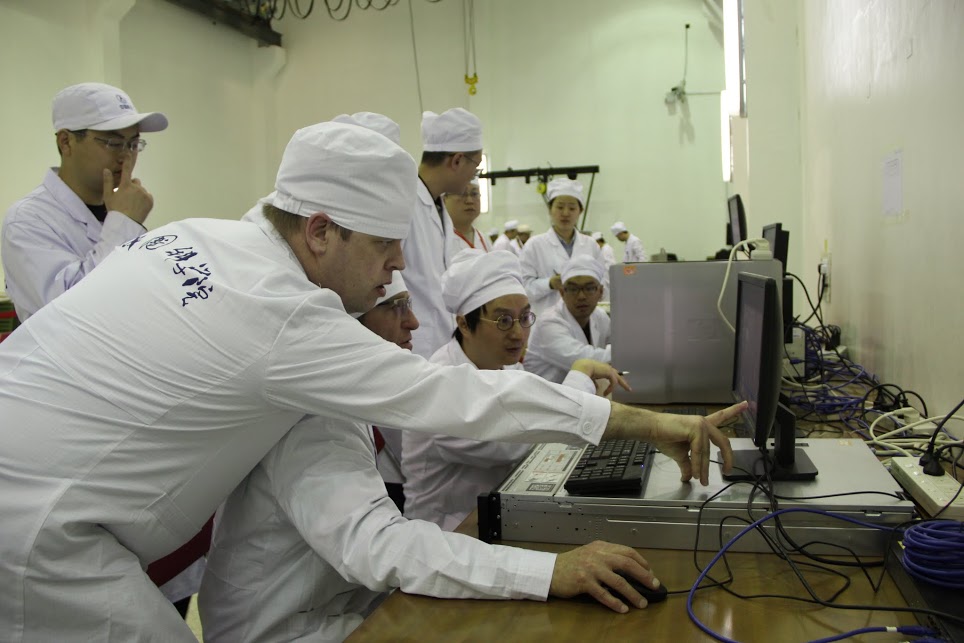
Above: Chinese and European colleagues work on installation of SCCO onto the Shijian-10 retrievable satellite (ESA-A. Verga).
Antonio has been travelling regularly to China over the last few years, and believes that China’s capabilities are very well developed and advanced.
"We in Western Europe can learn and benefit a lot from the knowledge of our Chinese colleagues,” Antonio Verga notes. “And I hope this cooperation will have a follow-on in the future".
More retrievable satellites are expected to be launched or developed across the period of China’s 13th Five Year Plan (2016-2020), which could provide such opportunities.
In other areas future collaborative projects are already being worked on, namely the space-weather observatory mission SMILE, which is entering the engineering phase this year.
At the same time, the new Director-General of ESA, Johann-Dietrich Woerner, has been keen to push for more open international cooperation in space, particularly with regard to his vision for a establishing a ‘Moon Village’ at the lunar south pole.
China, for its part, has been long stated its desire to cooperate with international partners in space, having reached a range of agreements and understandings with other countries, and opening missions to collaboration, including the Chinese Space Station which is expected to be completed by 2020.
With ESA and China as long-term strategic partners in space, it is likely that a European could become the first foreign astronaut on the Chinese space station in the next decade. (gbtimes)

86-10-68597521 (day)
86-10-68597289 (night)

52 Sanlihe Rd., Xicheng District,
Beijing, China (100864)

